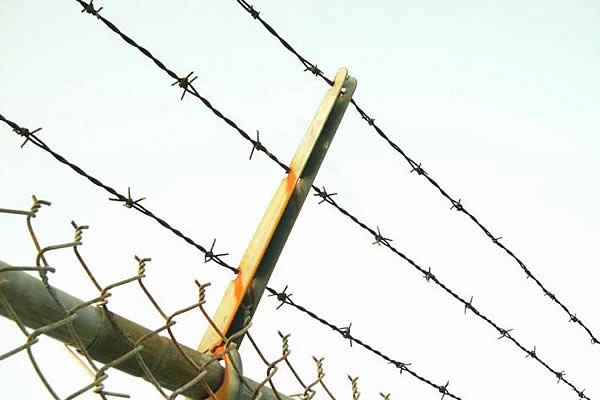 TEL:
+86-13102802206
TEL:
+86-13102802206
 Email:
fencenetting@china.com
Email:
fencenetting@china.com
 Language
Language
 TEL:
+86-13102802206
TEL:
+86-13102802206
 Email:
fencenetting@china.com
Email:
fencenetting@china.com
 Language
Language


The Importance and Applications of Rodent Wire Mesh
In various sectors, from agriculture to construction, the management of pests is a significant concern. Among pests, rodents like rats and mice are known to cause substantial damage to property and crops, making effective control measures imperative. One of the most efficient methods of preventing rodent intrusion is through the use of rodent wire mesh. This article delves into the importance, characteristics, and applications of rodent wire mesh in pest control.
Understanding Rodent Wire Mesh
Rodent wire mesh is a type of fencing made from strong metallic materials, designed specifically to prevent the entry of rodents into various spaces. Typically constructed from stainless steel or galvanized steel, the mesh features small apertures that are too tiny for rodents, including rats and mice, to pass through. This physical barrier is a simple yet effective solution to curbing rodent populations and mitigating the associated risks of property damage, disease transmission, and contamination.
Key Characteristics of Rodent Wire Mesh
The effectiveness of rodent wire mesh lies in several key characteristics
1. Durability Made from robust materials, rodent wire mesh can withstand harsh environmental conditions, including extreme temperatures and heavy rainfall. This durability ensures that the mesh provides long-lasting protection.
2. Corrosion Resistance Stainless steel options are particularly noteworthy for their resistance to rust and corrosion, which is crucial for outdoor applications where moisture is prevalent.
3. Versatility Rodent wire mesh comes in various sizes and configurations, allowing it to be used in diverse settings, from gardens and farms to industrial warehouses and residential properties.
4. Ease of Installation The lightweight nature of wire mesh makes it easy to handle and install, often requiring only basic tools for setup. This accessibility means that property owners can take rodent control measures into their own hands without the need for expert intervention.

Applications of Rodent Wire Mesh
Rodent wire mesh finds applications in various fields, each benefiting from its protective properties
1. Agriculture Farmers use rodent wire mesh to safeguard crop fields and storage facilities. By preventing rodents from accessing grains, fruits, and vegetables, farmers can reduce spoilage and contamination, thereby protecting their yield and profitability.
2. Construction In the construction industry, rodent wire mesh is often used to protect sites from rodent infestations. It can be employed around the foundations of buildings to prevent rodents from burrowing underneath and causing damage to structures or utilities.
3. Residential Use Homeowners frequently apply rodent wire mesh in gardens, around basement windows, and in attics to deter rodents. This proactive measure offers peace of mind by creating a barrier that keeps unwanted pests out.
4. Rehabilitation Projects In wildlife rehabilitation and conservation projects, rodent wire mesh can help maintain the integrity of habitats and nesting areas. Properly installed mesh can create safe environments for vulnerable species without impeding natural ecosystems.
5. Commercial Facilities Warehouses, restaurants, and food processing plants utilize rodent wire mesh to comply with health and safety regulations. By utilizing this mesh to enclose their premises, businesses can maintain sanitary conditions and prevent economic losses associated with pest infestations.
Conclusion
In summary, rodent wire mesh serves as an essential tool in the ongoing battle against rodent infestations across various industries. Its durable, versatile, and easy-to-install nature makes it a practical choice for anyone looking to protect their property and assets from unwanted pests. As the threat of rodent-related damage continues to pose challenges, investing in quality rodent wire mesh remains a proactive step for both individual and commercial property owners. By understanding the characteristics and applications of this protective barrier, stakeholders can make informed decisions that promote pest-free environments.